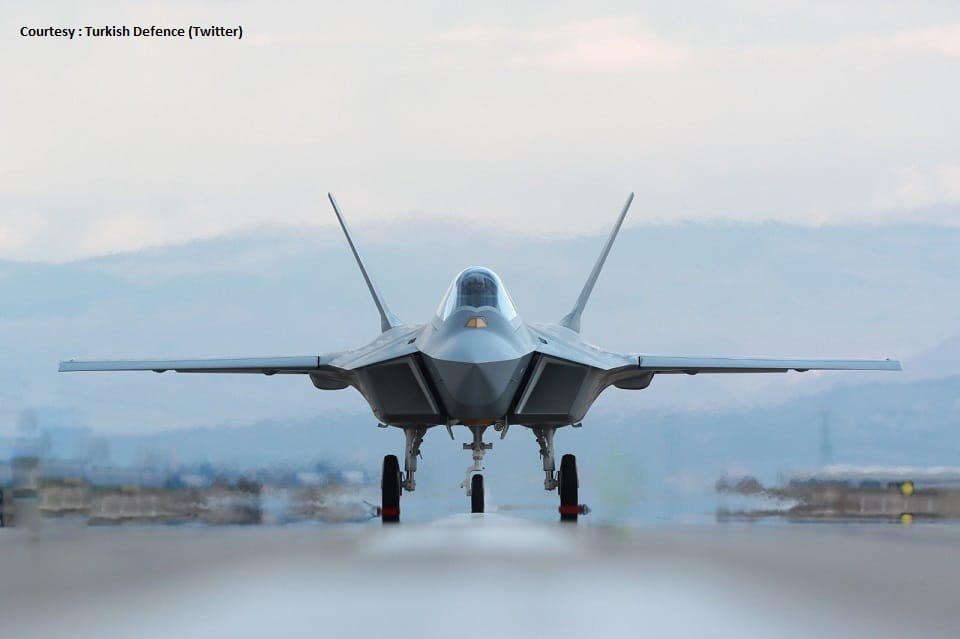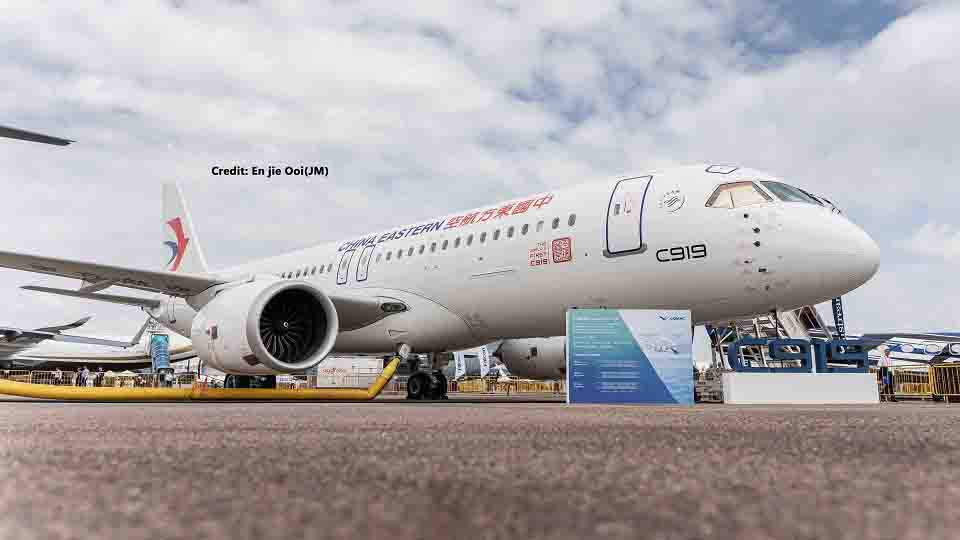Aviation
5 things to know about Turkey’s brand-new 5th generation fighter jet ‘KAAN’

After China, the United States, and Russia, Turkey is now the fourth nation in the world to own its own indigenously constructed fifth-generation fighter aircraft. It has now demonstrated the ability to construct sophisticated aircraft on its own.
- Turkish fifth-generation fighters to replace F16s.
Next-generation air superiority fighter being developed by Turkey is the Turkish 5th Generation Fighter Aircraft (TF-X). The Turkish Undersecretariat for Defence Industries (SSM) launched the program in 2016 with the goal of developing a homegrown fighter to replace the Turkish Air Force’s deteriorating F-16 fleet. The project’s goal is to create a locally made fighter jet to replace Turkey’s ailing F-16 fleet, which was built in the United States and has been in use since the 1980s.
Turkish Aerospace Industries (TAI) and BAE Systems, a British multinational defense business, are working together to build the TF-X. The aircraft is anticipated to include cutting-edge sensor and weapon systems, superior avionics, and stealth capabilities. Additionally, it is anticipated to have a range of more than 2,000 km and a top speed of Mach 2.
2. This aircraft’s powerplant is a Rolls-Royce EJ200 engine
Due to geopolitical concerns, GE initially expressed no interest in developing an engine for the Turkish 5th-generation fighter. Further, Rolls-Royce proposed technology transfer for the EJ200 engine and joint development of a derivative for the TF-X program after the BAE System agreed to the development of an aircraft. Even Russian Unite aircraft companies have expressed interest in producing engines for this craft. Turkey, however, continues to use Rolls Royce from the UK.
With the production of this aircraft, Turkey joins a select group of nations that have the facilities and know-how to build fifth-generation combat aircraft. The twin engines of the 21-meter jet, each of which is capable of producing 29,000 pounds (13,000 kilograms) of thrust, enable the aircraft to travel at a top speed of 1.8 Mach.
3. It has featured with latest avionics configurations.
A number of cutting-edge technologies are anticipated to be incorporated into the TF-X, including a next-generation active electronically scanned array (AESA) radar system, sophisticated communications systems, and superior electronic warfare capabilities. Advanced stealth characteristics for the aircraft are also anticipated, including as radar-absorbing materials and cutting-edge coatings to lower its radar cross-section.
4. The maximum flight speed of the KAAN fighter jet is 2716 km/hr.
The single- and double-seat KAAN fighter jet is 21 meters long, has a 14-meter wingspan, and is 6 meters tall. This aircraft’s maximum takeoff weight is approximately 27,215 kg, and its two GE F110 engines have a combined thrust capacity of 76.31 kilonewtons and an afterburner thrust capacity of 131 kilonewtons. The aircraft’s top speed is 2,716 km/h, and its combat range is up to 1,100 km.
5. Can carry a variety of advanced weapons.
It is capable of carrying a range of armaments in the internal bay area, including air-to-air missiles made in Turkey, such as the Goktug, MBDA, and other BVR missiles, and air-to-surface missiles, such as the SOM cruise, Kuzgun family of missiles, Turbojet, Solid fuel rocket, and MBDA Spear 3.
It is also capable of transporting several bombs, including the Teber 81, HGK, KGK, and SARB weaponry.
This aircraft would be an excellent value for possible customers from Pakistan, Malaysia, Indonesia, and other Asian nations since it will serve as a substitute for the US-built F35 and Russian Sukoi 57 aircraft. If they concentrate on mass-producing aircraft in Turkey and have stronger control over engine manufacture independent of other industries, the cost will be decreased.

Aviation
China Eastern Receives Its Ninth C919 Aircraft, Marking a New Milestone

China Eastern Airlines (CEA) has reached a significant milestone with the delivery of its ninth COMAC C919 aircraft, continuing its lead as the launch customer for China’s domestic narrow-body airliner.
On Thursday, the airline received the latest addition to its fleet, registered as B-657T, marking another step in China’s ambitious efforts to establish itself as a key player in the global aerospace market.
Virgin Australia Launches Black Friday Sale on Flights Worldwide
This delivery is part of a major achievement for COMAC (Commercial Aircraft Corporation of China), which has now delivered a total of 10 comac c919 in 2024 alone, a remarkable increase from just three jets delivered by the end of 2023.
The C919 program represents China’s entry into the competitive market for commercial aircraft, aiming to rival the dominance of manufacturers like Airbus and Boeing in the narrow-body sector.
These 6 Airlines Are Giving You Free Wi-Fi on Your 2025 Flights
One standout feature of the c919 is its innovative in-flight technology, particularly its Wi-Fi system. Developed by the China Electronics Technology Group Corporation (CETC), this system allows passengers to connect to the “CEAIR-WIFI” wireless hotspot, providing seamless access to in-flight entertainment.
Through the website www.muflyer.com, travelers can enjoy a range of features including “Air Cinema” and “Air Games,” which enhance the flying experience.
Looking ahead, COMAC’s ambitions are not limited to narrow-body aircraft. At the 15th China International Aviation and Aerospace Exhibition in Zhuhai, c919 aircraft price made waves with the announcement of over 100 new aircraft orders.
A significant highlight was a high-profile agreement with Air China for the development of the C929, a widebody aircraft set to compete c919 vs a320 and c919 vs 737 with these models.
-

 Aviation2 months ago
Aviation2 months agoMicrosoft Flight Simulator Raises $3 Million to Bring Back the An-225 Mriya
-

 Airlines2 months ago
Airlines2 months agoQatar Citizens Can Travel to the United States Without a Visa
-

 Aviation2 months ago
Aviation2 months agoQatar Airways bans these new Electronic Devices on plane
-

 Defence2 months ago
Defence2 months agoWhich Country Has the Largest Fleet of Fighter Aircraft?
-

 Airlines1 week ago
Airlines1 week agoDAMAC Air: Dubai’s New Luxury Airline Offers Free Flights for Registration
-

 Airport2 months ago
Airport2 months agoWestern Sydney Airport Welcomes Its First Plane After 6 Years of construction
-

 Airlines6 days ago
Airlines6 days agoAir India to Launch aircraft maintenance training institute in Bengaluru
-

 Aviation2 months ago
Aviation2 months agoDid you know ? Once Boeing 747 carried 1088 passenger in 1991








